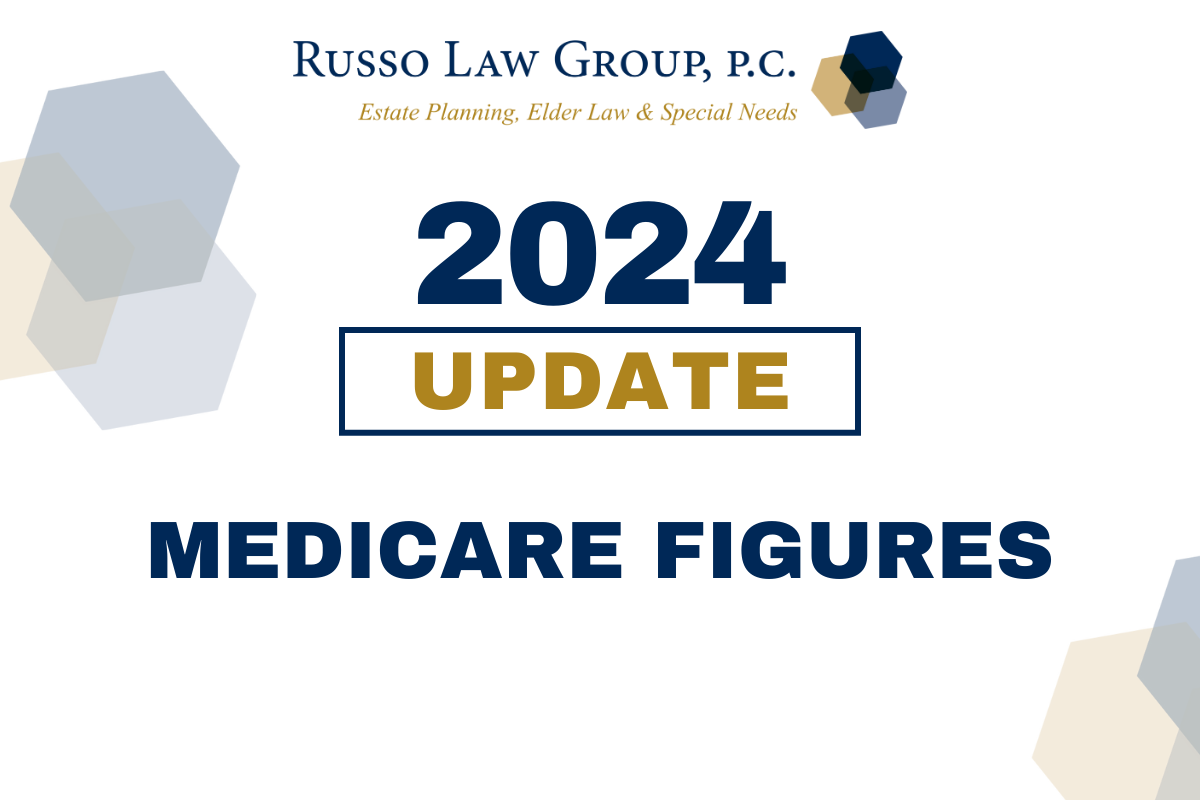Palliative care and hospice care can provide comfort to seriously ill patients and patients who…
What is the Difference Between Original Medicare and Medicare Advantage?
There is a significant amount of mystery and misunderstanding about the differences between Original Medicare and Medicare Advantage that can be harmful when seniors and individuals who are eligible for Medicare consider what plan is best for them.
What is Medicare?
Medicare is a federal government health insurance program that gives you health care if you are 65 years old or older, are under 65 years old and receive Social Security Disability Insurance (SSDI) for 24 months due to a severe disability, begin receiving SSDI due to ALS/Lou Gehrigs’s Disease, or have End-Stage Renal Disease (ESRD), no matter your income.
You can receive health coverage directly through the federal government (Original Medicare) or administered through a private company (Medicare Advantage).
Original Medicare
If you have Original Medicare, which consists of Part A and Part B, the government pays directly for the health care services you receive.
If you enroll in Original Medicare, then:
- You will receive a red, white, and blue Medicare card to show to your providers.
- Most doctors in the country take your insurance.
- You can see a specialist without prior authorization.
- Medicare limits how much you can be charged if you visit participating and non-participating providers. However, it does not limit how much you can be charged if you visit providers who opt-out of Medicare.
- You are responsible for Original Medicare cost-sharing, which may include premiums, deductibles, and coinsurances.
- You are eligible to enroll in a Medigap policy, which can help reduce your out-of-pocket cost.
Original Medicare does not include prescription drug benefit (Part D), which is only offered through private companies. You should consider signing up for a separate Part D plan for coverage for your prescription drug needs.
Medicare Advantage
Medicare Advantage is also known as Medicare private health plan or Part C. Medicare Advantage plans contract with the federal government and are paid a fixed amount per person to provide Medicare benefits.
The common types of Medicare Advantage Plans:
- Health Maintenance Organizations (HMOs)
- Preferred Provider Organizations (PPOs)
- Private Fee-For-Service (PFFS)
- Special Needs Plans (SNPs)
- Provider Sponsored Organizations (PSOs)
- Medical Savings Accounts (MSAs)
If you are enrolled in a Medicare Advantage Plan, you will receive the same benefits offered by Original Medicare. You should note that your Medicare Advantage Plan may apply different rules, costs, and restrictions, which can affect how and when you receive care. They may also offer certain benefits that Medicare does not cover, such as dental and vision care, caregiver counseling and training, and certain in-home support like housekeeping. It is important that you check with a plan directly to learn what benefits it covers since not all Medicare Advantage Plans cover additional benefits.
All Medicare Advantage Plans must include a limit on your out-of-pocket expenses for Part A and B services. Also, although plans cannot charge higher copayments or coinsurances than Original Medicare for certain services, like chemotherapy and dialysis, they can charge higher cost-sharing for other services.
Medicare Advantage Plans may have different:
- Networks of providers
- Coverage rules
- Premiums (in addition to the Part B premium)
- Cost-sharing for covered services
Like Original Medicare, Medicare Advantage does not include the prescription drug benefit (Part D). However, many Medicare Advantage Plans include prescription drug coverage (Part D). If you join an MSA plan or a PFFS plan without drug coverage, you can enroll in a stand-alone Part D plan.




This Post Has 0 Comments